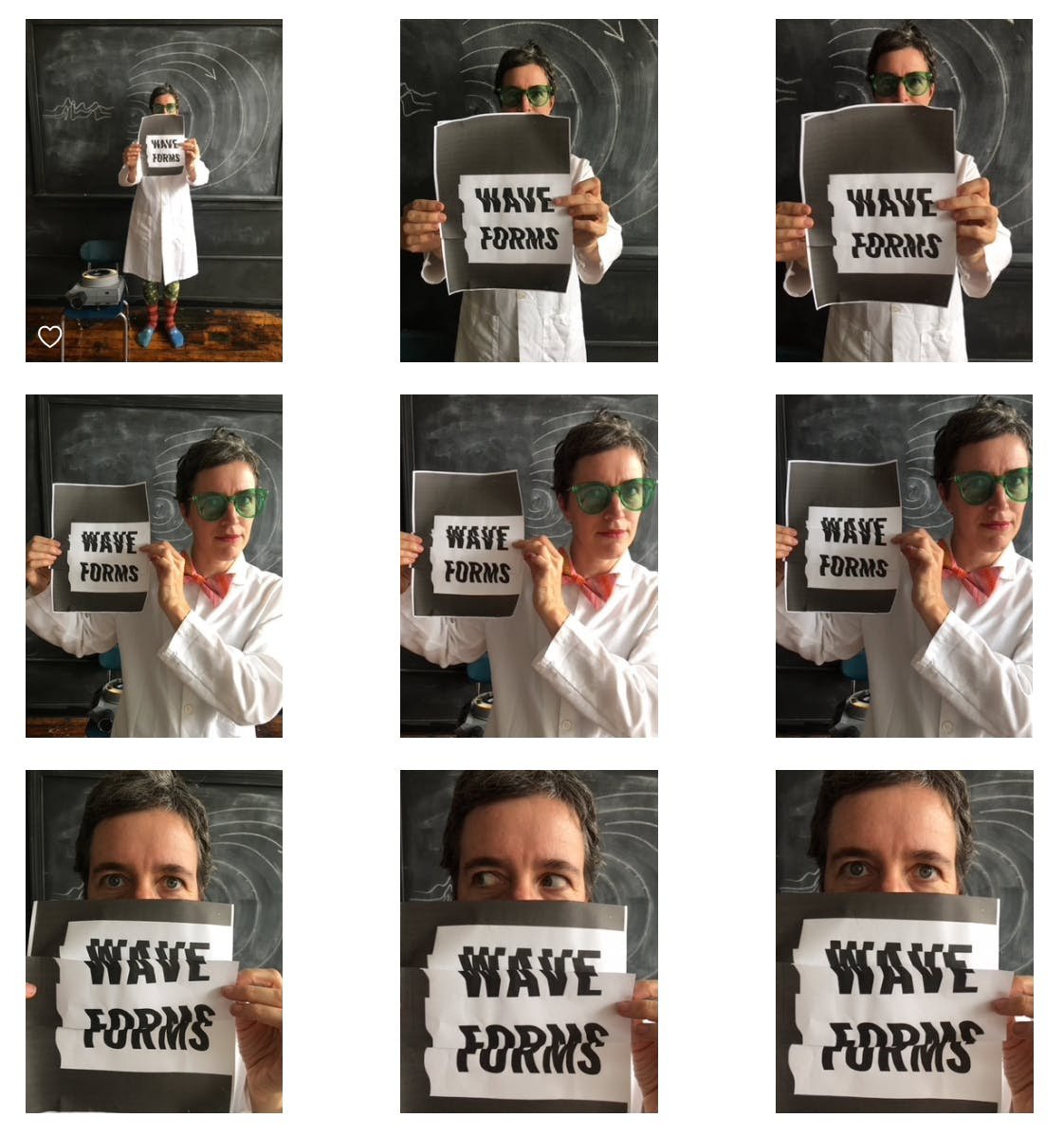From the Archive of Pointless Research and Extraneous Snapshots.
Welcome to a 6 segment series highlighting the various departments, divisions, collections and repositories inside the Bureau of Tactical Imagination, and the wisdom they have to share.
Each department reflects a stage of creative practice that all plucky entrepreneurs, brave world-builders, sexy culture-changers and cunning artists are wise to remember; though each department, as with all workplaces, has its inefficiencies and insufferable bureaucrats. Proceed with discernment.
Today, our Archive of Pointless Research and Extraneous Snapshots takes us on a journey through the iphone photo respository of founder Amy Walsh. As you journey through, reflect on the potentially key role that photo hoarding can have in your own creative development as a business founder.
Proposed Truths from the Archive of Pointless Research and Extraneous Snapshots, for your consideration:
a principle of "minimalist in the home, hoarder in the studio" promotes a healthy relationship between chaos and order, which supports a creative mind. "Studio" has flexible meanings, and may include one's camera roll.
tiny objects can contain large meanings.
one's identity is a fluid theater space which can both generate tremendous brand impact, and protect the founder's innermost personal identities.
"content marketing" thrives in an environment of open experimentation and dies in a world of scripts.
better ideas come out of copius piles of raw material than the blank page.
creativity is altelic: its reward is contained within the activity itself.
libraries still exist, and contain different stuff than the internet, which you can consume using different senses.
apparently unrelated images can create interesting ideas for core content (for example, the rubber bands became the subject of an interesting IG carousel about how to make IG carousels.)
rubber bands are sexy to look at.
A Prompt from the Archive of Pointless Research and Extraneous Snapshots:
Take 3 interesting, but pointless images from your camera roll, and use them to write something to your audience/students/clients about the work you do. Images make us think new thoughts. Think them!
What's on your camera roll?






